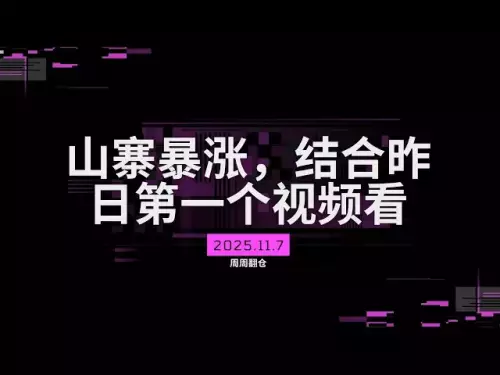-
 bitcoin
bitcoin $102877.190955 USD
1.88% -
 ethereum
ethereum $3430.435064 USD
4.52% -
 tether
tether $0.999264 USD
-0.05% -
 xrp
xrp $2.307310 USD
4.49% -
 bnb
bnb $987.740692 USD
3.82% -
 solana
solana $161.947760 USD
3.97% -
 usd-coin
usd-coin $0.999712 USD
-0.05% -
 tron
tron $0.292810 USD
2.93% -
 dogecoin
dogecoin $0.179738 USD
10.70% -
 cardano
cardano $0.580716 USD
8.75% -
 hyperliquid
hyperliquid $42.463448 USD
8.40% -
 chainlink
chainlink $15.763437 USD
7.05% -
 zcash
zcash $649.595636 USD
17.21% -
 bitcoin-cash
bitcoin-cash $511.610261 USD
7.19% -
 stellar
stellar $0.292537 USD
7.91%
What is Lightning Network on blockchain?
The Lightning Network boosts Bitcoin's transaction speed and lowers fees by using off-chain payment channels, settling balances on the Bitcoin blockchain for security. Smart contracts and cryptography ensure secure, private transactions, addressing Bitcoin's scalability issues.
Mar 18, 2025 at 06:13 am
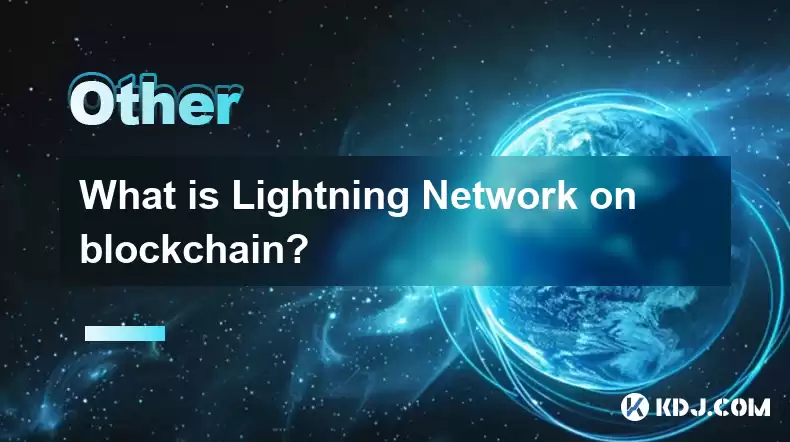
- The Lightning Network is a layer-2 scaling solution for Bitcoin, designed to improve transaction speed and reduce fees.
- It operates by opening payment channels between participants, allowing for off-chain transactions.
- These off-chain transactions are then settled on the Bitcoin blockchain, providing security and finality.
- Lightning Network uses smart contracts and cryptographic techniques to ensure security and prevent fraud.
- It addresses Bitcoin's scalability limitations without compromising its security model.
The Lightning Network is a layer-2 scaling solution built on top of the Bitcoin blockchain. It's designed to drastically increase the transaction throughput of Bitcoin, addressing one of its biggest limitations: slow transaction speeds and high fees, especially during periods of high network congestion. Instead of every transaction being broadcast and recorded on the main Bitcoin blockchain, the Lightning Network enables off-chain transactions. This means transactions happen outside the main blockchain, significantly improving speed and reducing costs.
How Does the Lightning Network Work?The core functionality relies on the establishment of "payment channels" between participants. Think of it like opening a line of credit between two people. Instead of sending individual transactions back and forth on the Bitcoin blockchain for every small payment, they open a channel. Within this channel, they can exchange Bitcoin rapidly and repeatedly, only settling the net balance on the main blockchain when the channel is closed.
This process uses smart contracts and cryptographic techniques to ensure the security and integrity of the transactions within the channel. These techniques ensure that funds are only released to the rightful recipient and that no one can cheat the system. The entire process is highly efficient, making microtransactions possible and practical.
Opening and Closing a Lightning Channel:Opening a channel involves a multi-step process requiring both participants to contribute Bitcoin to a jointly controlled multi-signature address. This creates the "funding transaction" recorded on the Bitcoin blockchain. This establishes the initial balance for the channel.
- Participant A and Participant B agree to open a channel.
- Both parties deposit funds into a jointly controlled escrow.
- A two-party multi-signature script is created to govern the funds.
- The channel is now open, and off-chain transactions can begin.
Closing a channel requires settling the final balance on the Bitcoin blockchain. This involves broadcasting a transaction that reflects the current balance between the participants.
- Participants agree to close the channel.
- A closing transaction is created, reflecting the final balance.
- The closing transaction is broadcast to the Bitcoin blockchain.
- Funds are released to each participant according to the final balance.
Security is paramount. The Lightning Network employs cryptographic techniques and smart contracts to protect against fraud and double-spending. The multi-signature script governing the channel funds ensures that neither participant can unilaterally steal funds. Furthermore, transactions within the channel remain largely private, as only the opening and closing transactions are recorded on the main blockchain.
However, the nodes themselves are public. While the transaction details are hidden, the existence of channels and their overall activity is potentially observable. The level of privacy depends on the specific implementation and choices made by users.
Scalability and Transaction Fees:The Lightning Network significantly improves Bitcoin's scalability by moving the bulk of transactions off the main blockchain. This allows for a much higher volume of transactions per second compared to the on-chain Bitcoin network. Transaction fees on the Lightning Network are typically much lower than on the main Bitcoin blockchain, especially for small payments. The reduction in fees is a direct consequence of reducing the load on the Bitcoin network.
Lightning Network Wallets and Nodes:To use the Lightning Network, you'll need a compatible wallet that supports Lightning. These wallets handle the complexities of channel management and routing payments. Nodes are computers that participate in the network by routing payments between other nodes. Running a node can contribute to the network's stability and decentralization, although it requires technical expertise and resources.
Many wallets offer simple user interfaces, allowing users to send and receive payments without needing to understand the underlying technical details. The growing ecosystem of Lightning wallets and services is making it increasingly user-friendly.
Limitations of the Lightning Network:While highly innovative, the Lightning Network isn't without its limitations. The need for participants to maintain an online presence to keep channels open is a key factor. Channels can also be complex to manage, and users need to be cautious about the trustworthiness of the nodes they interact with. Furthermore, the capacity of individual channels is limited, and routing payments across multiple channels can introduce delays.
Frequently Asked Questions:Q: Is the Lightning Network secure?A: Yes, the Lightning Network leverages Bitcoin's underlying security and employs cryptographic techniques to protect against fraud. However, users should still exercise caution and choose reputable wallets and nodes.
Q: How do I use the Lightning Network?A: You need a Lightning-compatible wallet. These wallets typically provide user-friendly interfaces to send and receive payments.
Q: What are the fees on the Lightning Network?A: Fees are generally much lower than on the Bitcoin blockchain, especially for smaller transactions. Fees are paid to the nodes that route the payments.
Q: Is the Lightning Network decentralized?A: While aiming for decentralization, the Lightning Network's level of decentralization depends on the number of participating nodes and their distribution. It's less decentralized than the Bitcoin blockchain itself.
Q: What is the difference between layer-1 and layer-2 solutions?A: Layer-1 refers to the base blockchain (Bitcoin). Layer-2 solutions, like Lightning Network, are built on top of layer-1 to improve scalability without altering the core blockchain.
Disclaimer:info@kdj.com
The information provided is not trading advice. kdj.com does not assume any responsibility for any investments made based on the information provided in this article. Cryptocurrencies are highly volatile and it is highly recommended that you invest with caution after thorough research!
If you believe that the content used on this website infringes your copyright, please contact us immediately (info@kdj.com) and we will delete it promptly.
- BlockDAG, Avalanche, Dogecoin: Crypto's Leading Trio in 2025
- 2025-11-07 22:05:01
- Layer 2 Coins: Will There Be a Potential Explosion by 2026?
- 2025-11-07 16:50:02
- Filecoin, ICP, and the AI Infrastructure Renaissance: Is History Repeating?
- 2025-11-07 16:50:02
- Bitcoin's Wild Ride: Surges, Zeros, and the Search for Stability
- 2025-11-07 17:05:01
- XRP, Bitcoin, and the Rally: What's the Deal, New York?
- 2025-11-07 17:25:01
- Filecoin, DePIN, and a Technical Breakout: What's the Buzz?
- 2025-11-07 17:05:01
Related knowledge
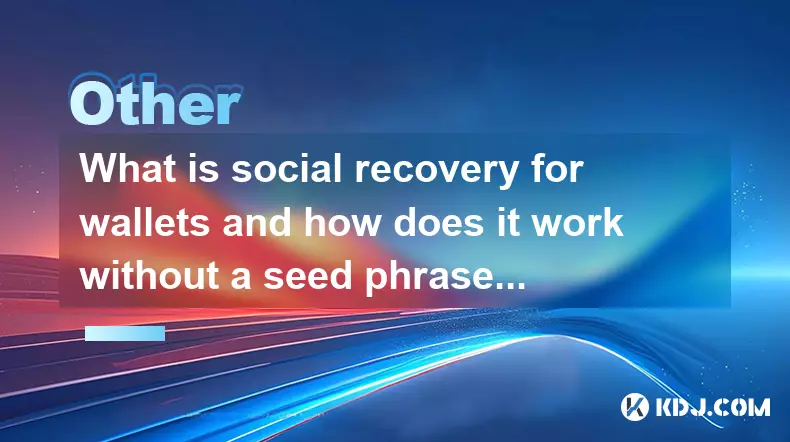
What is social recovery for wallets and how does it work without a seed phrase?
Nov 08,2025 at 08:39am
Social Recovery in Cryptocurrency Wallets1. Social recovery is a mechanism designed to help users regain access to their cryptocurrency wallets withou...
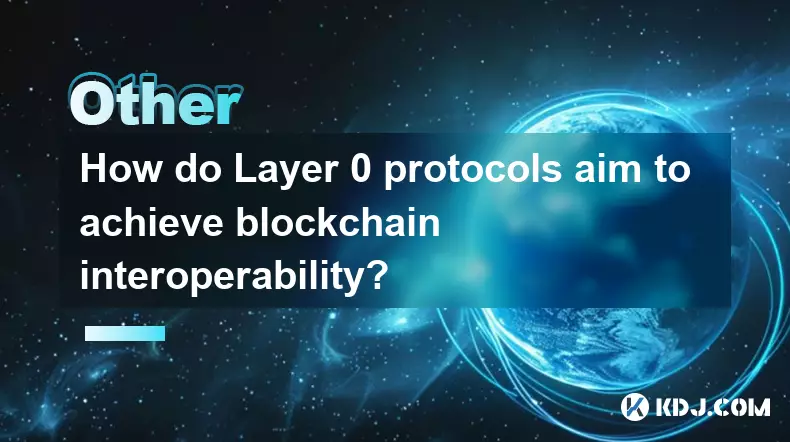
How do Layer 0 protocols aim to achieve blockchain interoperability?
Nov 08,2025 at 09:20am
Understanding Layer 0 Protocols in Blockchain Architecture1. Layer 0 protocols serve as the foundational infrastructure upon which multiple blockchain...
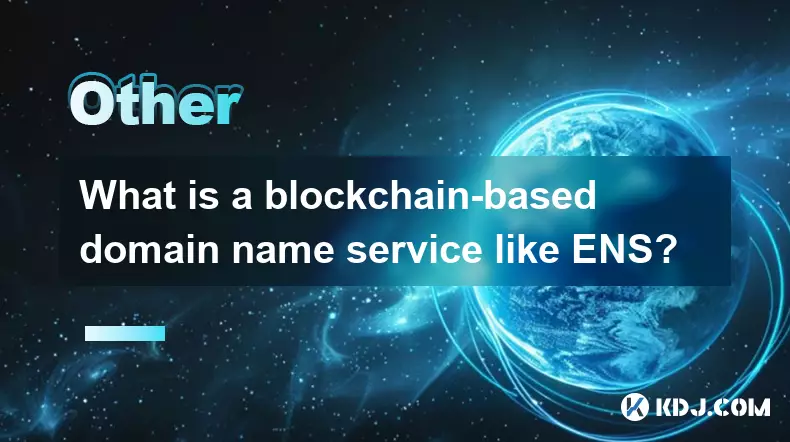
What is a blockchain-based domain name service like ENS?
Nov 08,2025 at 09:39am
Understanding Blockchain-Based Domain Name Services1. A blockchain-based domain name service, such as Ethereum Name Service (ENS), functions as a dece...
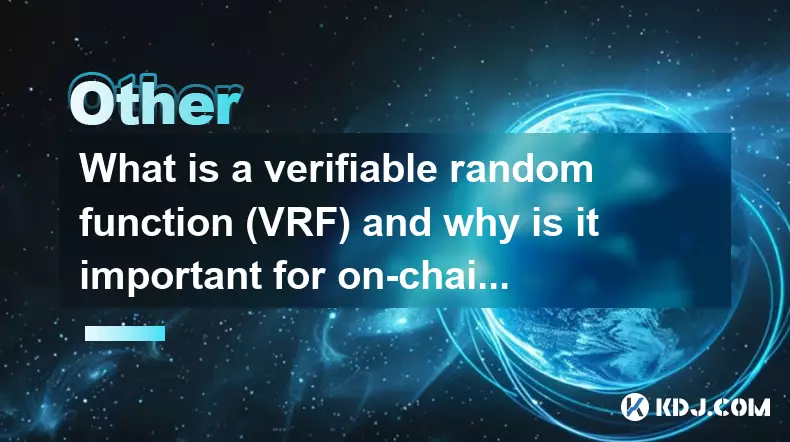
What is a verifiable random function (VRF) and why is it important for on-chain gaming?
Nov 08,2025 at 10:19am
Understanding Verifiable Random Functions (VRF)1. A verifiable random function (VRF) is a cryptographic primitive that generates a random output along...

What is the difference between a protocol and an application in the blockchain space?
Nov 08,2025 at 04:39am
Understanding Blockchain Protocols1. A blockchain protocol refers to the foundational layer that defines the rules and standards for how data is trans...
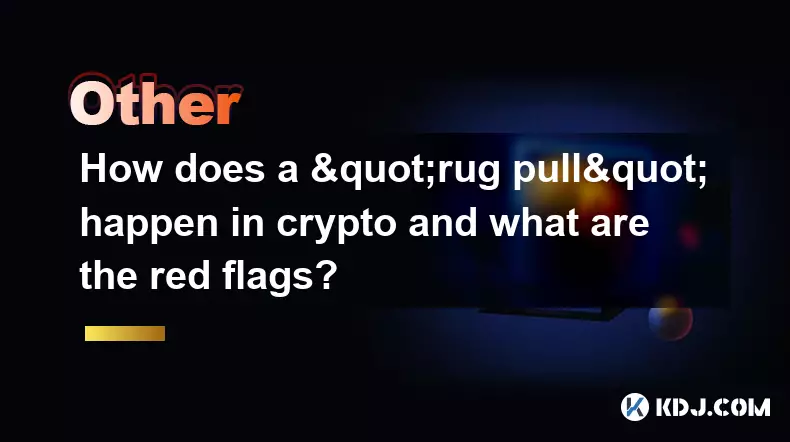
How does a "rug pull" happen in crypto and what are the red flags?
Nov 08,2025 at 06:19am
Understanding the Mechanics of a Rug Pull1. A rug pull occurs when developers of a cryptocurrency project suddenly withdraw all liquidity from a decen...

What is social recovery for wallets and how does it work without a seed phrase?
Nov 08,2025 at 08:39am
Social Recovery in Cryptocurrency Wallets1. Social recovery is a mechanism designed to help users regain access to their cryptocurrency wallets withou...

How do Layer 0 protocols aim to achieve blockchain interoperability?
Nov 08,2025 at 09:20am
Understanding Layer 0 Protocols in Blockchain Architecture1. Layer 0 protocols serve as the foundational infrastructure upon which multiple blockchain...

What is a blockchain-based domain name service like ENS?
Nov 08,2025 at 09:39am
Understanding Blockchain-Based Domain Name Services1. A blockchain-based domain name service, such as Ethereum Name Service (ENS), functions as a dece...

What is a verifiable random function (VRF) and why is it important for on-chain gaming?
Nov 08,2025 at 10:19am
Understanding Verifiable Random Functions (VRF)1. A verifiable random function (VRF) is a cryptographic primitive that generates a random output along...

What is the difference between a protocol and an application in the blockchain space?
Nov 08,2025 at 04:39am
Understanding Blockchain Protocols1. A blockchain protocol refers to the foundational layer that defines the rules and standards for how data is trans...

How does a "rug pull" happen in crypto and what are the red flags?
Nov 08,2025 at 06:19am
Understanding the Mechanics of a Rug Pull1. A rug pull occurs when developers of a cryptocurrency project suddenly withdraw all liquidity from a decen...
See all articles




















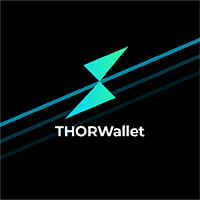
![The Graph Price Prediction [GRT Crypto Price News Today] The Graph Price Prediction [GRT Crypto Price News Today]](/uploads/2025/11/07/cryptocurrencies-news/videos/690d4df44fe69_image_500_375.webp)



